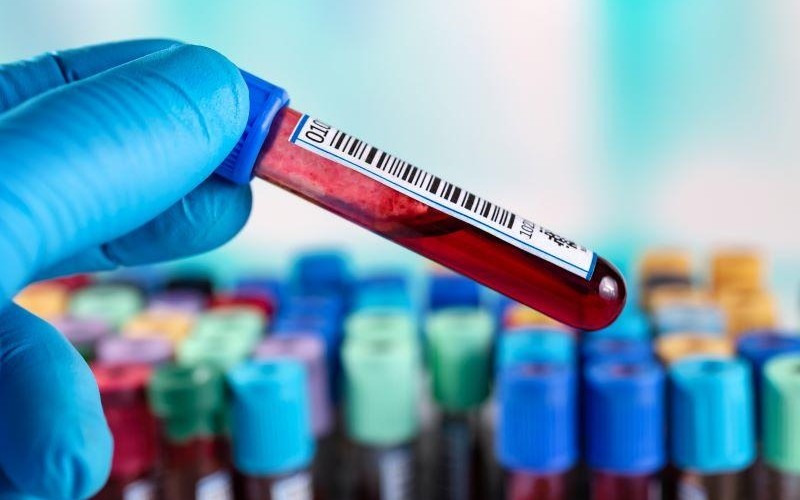Laboratory tests for T. pallidum categorized into nontreponemal, treponemal tests; both needed to help differentiate untreated from past treated infection
By Elana Gotkine HealthDay Reporter
MONDAY, Feb. 12, 2024 (HealthDay News) — In a report issued by the U.S. Centers for Disease Control and Prevention and published online Feb. 8 in the agency’s Morbidity and Mortality Weekly Report, recommendations are presented for tests that can support a diagnosis of syphilis, including identification of Treponema pallidum.
John R. Papp, Ph.D., from the CDC in Atlanta, and colleagues note that depending on whether the tests detect antibodies that are broadly reactive to lipoidal antigens shared by both host and T. pallidum or antibodies specific to T. pallidum, the laboratory tests for T. pallidum can be categorized into nontreponemal and treponemal tests, respectively. To help differentiate between an untreated infection or a past infection that has been successfully treated, both types of tests must be used in conjunction. Newer serologic tests allow for laboratory automation but have to be used in an algorithm, which can include older manual serological tests. Direct detection of T. pallidum is continuing to evolve from microscopic examination of materials from lesions to molecular detection of T. pallidum.
“Additional point-of-care tests and data are needed to increase understanding of their performance in clinical and outreach settings,” the authors write. “Additional areas needed for research include well-designed prospective studies on point-of-care test performance in the context of screening algorithms, special patient populations, linkage to treatment and care, and cost-benefits so that recommendations can be made regarding performance and use in the United States.”
Copyright © 2024 HealthDay. All rights reserved.








